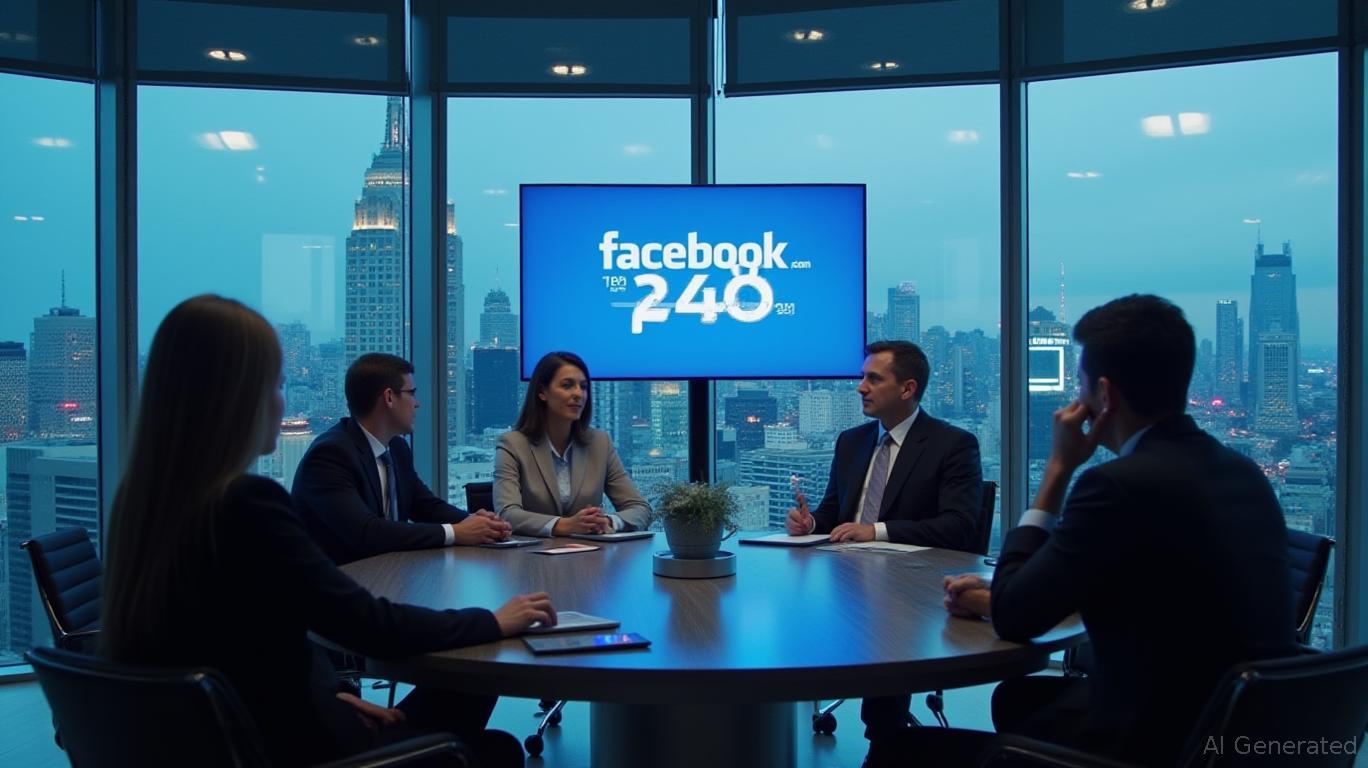The Exit Dilemma: When to Cash Out and When to Hold On in High-Growth Tech
In the high-stakes world of tech investing, the decision to exit a position early—whether for liquidity, risk mitigation, or personal reasons—often comes with profound consequences. Nowhere is this tension more starkly illustrated than in Peter Thiel's 2012 sale of his Facebook stake, a move that netted him $400 million but cost him an estimated $15 billion in unrealized gains as Meta's stock surged over the following decade. This case study, paired with broader market lessons, reveals a timeless truth: strategic exits require balancing the certainty of short-term gains against the potential of exponential long-term growth.
The Peter Thiel Paradox: Liquidity vs. Compounding
Thiel's 2004 $500,000 investment in Facebook at a $4.9 million valuation—a 10% stake—was visionary. By 2012, after a $500 million IPO and a lock-up expiration, he sold 72% of his shares at an average price of $20, securing immediate wealth. Yet the stock's post-IPO plunge to under $19 initially seemed to validate his timing. However, Meta's eventual rebound—driven by mobile dominance and AI-driven ad tech—pushed its stock to $736 per share by 2025, . Thiel's remaining shares would now be worth $14.76 billion, underscoring the cost of his early exit.
The decision hinged on two competing forces:
1. Liquidity Needs: Thiel's sale aligned with his long-standing philosophy of “short-term thinking” in tech, favoring capital reallocation over indefinite holding.
2. Growth Potential: Facebook's transition to a metaverse-first company (Meta) and its dominance in AR/VR and AI represented untapped value, which Thiel's exit ignored.
Lessons from the Sell-Side: Why Early Exits Fail
Thiel's case mirrors other infamous missed opportunities, such as Ronald Wayne's 1976 sale of his 10%
stake for $800—a decision that cost him $300 billion in today's valuation. These examples highlight critical pitfalls:- Market Timing Misreads: In 2012, skepticism about Facebook's mobile monetization (later proven wrong) fueled short-term pessimism.
- Emotional Bias: The IPO's volatility created fear, prompting investors to prioritize immediate gains over long-term trends.
- Structural Complexity: Facebook's 2.74 billion share count at IPO (vs. inflated pro-forma estimates) confused valuation models, leading to mispricing.
A Framework for Strategic Exits
Investors navigating similar dilemmas must ask:
1. What is the company's core moat? Is it defensible (e.g., network effects, IP) or transient (e.g., hype-driven demand)?
2. What are my liquidity requirements? Personal financial needs or portfolio diversification may justify partial exits.
3. What does the data say? Technical indicators (e.g., Meta's 2025 forecast of $675–$782) and fundamentals (e.g., ARPU growth, R&D spend) must align with valuation.
2025 and Beyond: Meta's Crossroads
While Thiel's exit now looks regrettable, Meta's current trajectory is far from assured. The company's 2025 forecast hints at a potential dip to $675, driven by slowing ad revenue and metaverse investment headwinds. A “short” recommendation here reflects skepticism about its ability to replicate past growth. Yet, if Meta's AI tools (e.g., Llama) or metaverse platforms gain traction, long-term holders could reap rewards.
Investment Strategy: The 70/30 Rule
For investors today, a balanced approach is key:
- Hold 70%: Retain a majority stake in companies with durable moats and clear growth paths (e.g., AI leaders).
- Sell 30%: Take profits on volatile or overvalued segments to fund diversification or liquidity needs.
Conclusion: Exit Strategically, Not Emotionally
Thiel's story is a cautionary tale but also a masterclass in risk management. While his sale deprived him of billions, it also delivered a $400 million profit—a life-changing sum by any measure. The key takeaway? Exits are not failures—they're strategic choices. Investors must weigh liquidity needs against growth potential, informed by rigorous analysis of fundamentals, market sentiment, and personal circumstances. As Meta's 2025 volatility shows, even giants can stumble; the challenge is knowing when to hold, fold, or fold partially.

Disclaimer: Forecasts are speculative and not guaranteed. Always consult a financial advisor before making investment decisions.
Sign up for free to continue reading
By continuing, I agree to the
Market Data Terms of Service and Privacy Statement

Comments
No comments yet